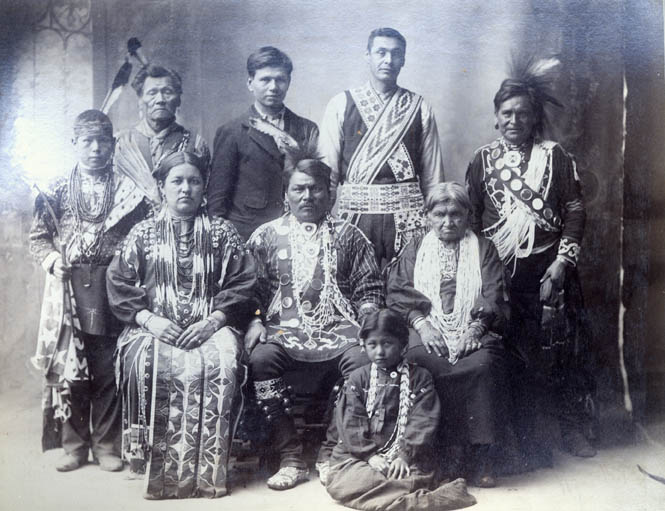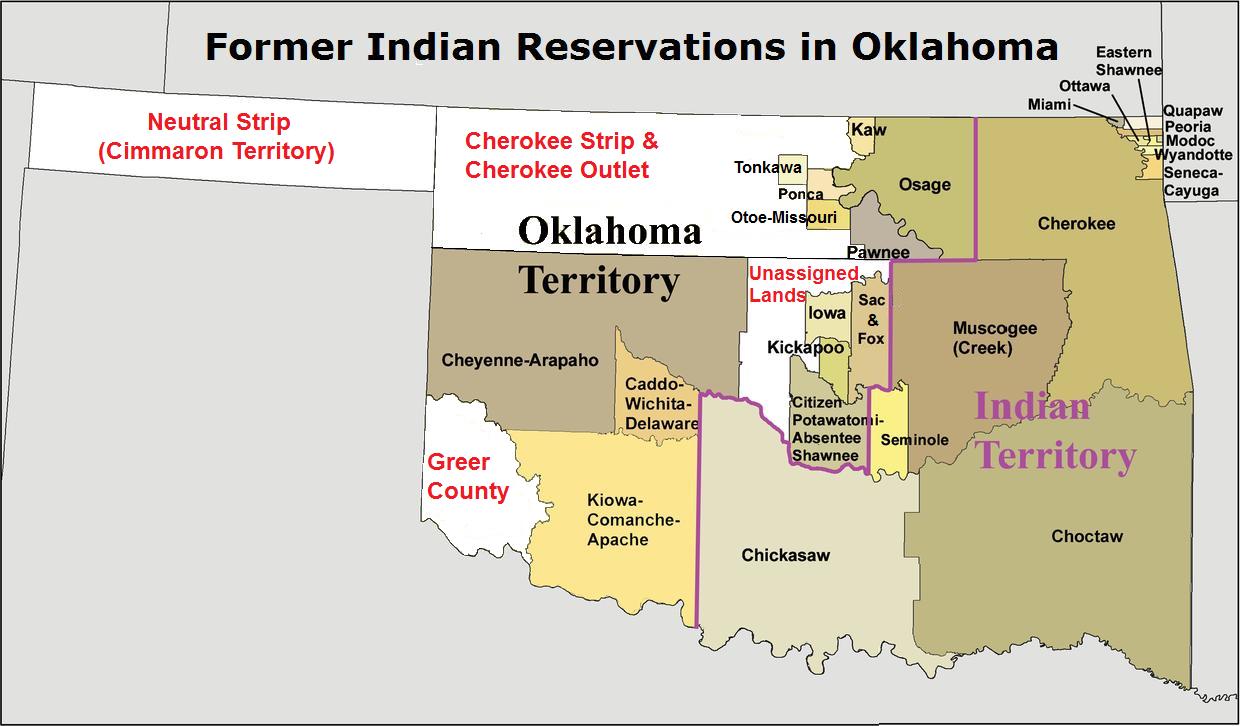|
Tomah, Wisconsin
Tomah is a city in Monroe County, Wisconsin, United States. The population was 9,570 as of the 2020 census. The city is surrounded by the Town of Tomah and the Town of La Grange. History Tomah was founded by Robert E. Gillett in 1855 and incorporated as a city in 1883, but the charter was not issued until 1894. It is named after Thomas Carron (ca. 1752–1817), a trader at Green Bay who had integrated into the Menominee tribe. The Menominees pronounced the name ''Tomah'' or ''Tomau'' and he became known as Chief Tomah. ''Tomah'' was adopted as the name for the settlement in Monroe County on the unsubstantiated belief that Chief Tomah had once held a tribal gathering in the area. In 1891, construction began in Tomah for a Native American residential school funded by the federal government. The Tomah Indian Industrial School opened in 1893 with six Ho-Chunk children as its first students and would become the most significant residential school in Wisconsin. The curriculum was ... [...More Info...] [...Related Items...] OR: [Wikipedia] [Google] [Baidu] |
City
A city is a human settlement of a substantial size. The term "city" has different meanings around the world and in some places the settlement can be very small. Even where the term is limited to larger settlements, there is no universally agreed definition of the lower boundary for their size. In a narrower sense, a city can be defined as a permanent and Urban density, densely populated place with administratively defined boundaries whose members work primarily on non-agricultural tasks. Cities generally have extensive systems for housing, transportation, sanitation, Public utilities, utilities, land use, Manufacturing, production of goods, and communication. Their density facilitates interaction between people, government organisations, government organizations, and businesses, sometimes benefiting different parties in the process, such as improving the efficiency of goods and service distribution. Historically, city dwellers have been a small proportion of humanity overall, bu ... [...More Info...] [...Related Items...] OR: [Wikipedia] [Google] [Baidu] |
Ho-Chunk
The Ho-Chunk, also known as Hocąk, Hoocągra, or Winnebago are a Siouan languages, Siouan-speaking Native Americans in the United States, Native American people whose historic territory includes parts of Wisconsin, Minnesota, Iowa, and Illinois. Today, Ho-Chunk people are enrolled in two federally recognized tribes, the Ho-Chunk Nation of Wisconsin and the Winnebago Tribe of Nebraska. Historically, the surrounding Algonquian peoples, Algonquin tribes referred to them by a term that evolved to Winnebago, which was later used as well as by the French and English. The Ho-Chunk Nation have always called themselves Ho-Chunk. The name ''Ho-Chunk'' comes from the word ''Hoocąk'' and "Hoocąkra," (''Ho'' meaning "voice", ''cąk'' meaning "sacred", ''ra'' being a definitive article) meaning "People of the Sacred Voice". Their name comes from oral traditions that state they are the originators of the many branches of the Siouan language. The Ho-Chunk claim descendancy from both the effig ... [...More Info...] [...Related Items...] OR: [Wikipedia] [Google] [Baidu] |
Driftless Area
The Driftless Area, also known as Bluff Country and the Paleozoic Plateau, is a topographic and cultural region in the Midwestern United States that comprises southwestern Wisconsin, southeastern Minnesota, northeastern Iowa, and the extreme northwestern corner of Illinois. The Driftless Area is a USDA Level III Ecoregion: Ecoregion 52. The Driftless Area takes up a large portion of the Upper Midwest forest–savanna transition. The western section of the Driftless Area in Minnesota is called the Blufflands, due to the steep bluffs and cliffs around the river valleys. The western half is known as the Rochester Plateau, which is flatter than the Blufflands. The Coulee Region is the southwestern part of the Driftless Area in Wisconsin. It is named for its numerous ravines. Never covered by ice during the last ice age, the area lacks the characteristic glacial deposits known as drift. Its landscape is characterized by steep hills, forested ridges, deeply carved river valleys ... [...More Info...] [...Related Items...] OR: [Wikipedia] [Google] [Baidu] |
Lake Tomah
A lake is often a naturally occurring, relatively large and fixed body of water on or near the Earth's surface. It is localized in a basin or interconnected basins surrounded by dry land. Lakes lie completely on land and are separate from the ocean, although they may be connected with the ocean by rivers. Lakes, as with other bodies of water, are part of the water cycle, the processes by which water moves around the Earth. Most lakes are fresh water and account for almost all the world's surface freshwater, but some are salt lakes with salinities even higher than that of seawater. Lakes vary significantly in surface area and volume of water. Lakes are typically larger and deeper than ponds, which are also water-filled basins on land, although there are no official definitions or scientific criteria distinguishing the two. Lakes are also distinct from lagoons, which are generally shallow tidal pools dammed by sandbars or other material at coastal regions of oceans or large la ... [...More Info...] [...Related Items...] OR: [Wikipedia] [Google] [Baidu] |
Wisconsin River
The Wisconsin River is the longest river in the U.S. state of Wisconsin, at approximately 430 miles (692 km) long. As a tributary of the Mississippi River, it is part of the Mississippi River System. The river's name was first recorded in 1673 by Jacques Marquette as "Meskousing" from his Native Americans in the United States, Indian guides - most likely Miami–Illinois language, Miami for "river running through a red place." The river has been used for transportation, hunting, and fishing since prehistoric times. In the lumber industry, loggers used the upper reaches of the river and its tributaries to drive logs to their sawmills and the lower reaches to float rafts of sawn boards to markets as near as Portage, Wisconsin, Portage and as far as St. Louis. Today, it is source of energy and tourism: dams along the river generate hydroelectric power, and people fish, boat, water-ski and sight-see on the river. It is home to many species of fish and other wildlife. Geography The ... [...More Info...] [...Related Items...] OR: [Wikipedia] [Google] [Baidu] |
Lemonweir River
The Lemonweir River is a river in the U.S. state of Wisconsin. It is a tributary of the Wisconsin River as the Lemonweir River originates near Tomah in Monroe County and flows into Juneau County through New Lisbon and Mauston before converging into the Wisconsin River. The Menominee The Menominee ( ; meaning ''"Menominee People"'', also spelled Menomini, derived from the Ojibwe language word for "Wild Rice People"; known as ''Mamaceqtaw'', "the people", in the Menominee language) are a federally recognized tribe of Na ... name of the river is ''Manōnaeh-Sipiah,'' meaning "red or yellow earth, clay or chalk-like river". References Rivers of Wisconsin Rivers of Monroe County, Wisconsin Rivers of Juneau County, Wisconsin {{Wisconsin-river-stub ... [...More Info...] [...Related Items...] OR: [Wikipedia] [Google] [Baidu] |
Tomah Public Library
The Tomah Public Library is located in Tomah, Wisconsin. It was added to the National Register of Historic Places in 1976. History The library was constructed in 1915 to serve the City of Tomah and the surrounding area. It is a Carnegie library. In 1911 Ernest Buckley, who was a successful geologist, left the city of Tomah $12,000 to be used for a park or library. The city leaders set aside $7,000 for a library and requested a grant of $10,000 from the Carnegie Foundation. In 1915 they received the grant and secured the services of Claude and Starck. Unlike the typical Sullivanesque ornament, which is made of glazed terra cotta, the Tomah library's frieze is made of staff, a mixture of gypsum and fiber Fiber (spelled fibre in British English; from ) is a natural or artificial substance that is significantly longer than it is wide. Fibers are often used in the manufacture of other materials. The strongest engineering materials often inco .... In 1980 the original bui ... [...More Info...] [...Related Items...] OR: [Wikipedia] [Google] [Baidu] |
National Register Of Historic Places
The National Register of Historic Places (NRHP) is the Federal government of the United States, United States federal government's official United States National Register of Historic Places listings, list of sites, buildings, structures, Historic districts in the United States, districts, and objects deemed worthy of Historic preservation, preservation for their historical significance or "great artistic value". The enactment of the National Historic Preservation Act (NHPA) in 1966 established the National Register and the process for adding properties to it. Of the more than one and a half million properties on the National Register, 95,000 are listed individually. The remainder are contributing property, contributing resources within historic district (United States), historic districts. For the most of its history, the National Register has been administered by the National Park Service (NPS), an agency within the United States Department of the Interior. Its goals are to ... [...More Info...] [...Related Items...] OR: [Wikipedia] [Google] [Baidu] |
United States Department Of The Interior
The United States Department of the Interior (DOI) is an United States federal executive departments, executive department of the Federal government of the United States, U.S. federal government responsible for the management and conservation of most federal lands and natural resources. It also administers programs relating to Native Americans in the United States, Native Americans, Alaska Natives, Native Hawaiians, territorial affairs, and insular areas of the United States, as well as programs related to historic preservation. About 75% of federal public land is managed by the department, with most of the remainder managed by the United States Department of Agriculture, Department of Agriculture's United States Forest Service, Forest Service. The department was created on March 3, 1849. It is headquartered at the Main Interior Building, located at 1849 C Street Northwest, Washington, D.C., NW in Washington, D.C. The department is headed by the United States Secretary of the ... [...More Info...] [...Related Items...] OR: [Wikipedia] [Google] [Baidu] |
Oklahoma
Oklahoma ( ; Choctaw language, Choctaw: , ) is a landlocked U.S. state, state in the South Central United States, South Central region of the United States. It borders Texas to the south and west, Kansas to the north, Missouri to the northeast, Arkansas to the east, New Mexico to the west, and Colorado to the northwest. Partially in the western extreme of the Upland South, it is the List of U.S. states and territories by area, 20th-most extensive and the List of U.S. states and territories by population, 28th-most populous of the 50 United States. Its residents are known as Oklahomans and its capital and largest city is Oklahoma City. The state's name is derived from the Choctaw language, Choctaw words , 'people' and , which translates as 'red'. Oklahoma is also known informally by its List of U.S. state and territory nicknames, nickname, "The Sooner State", in reference to the Sooners, American pioneer, American settlers who staked their claims in formerly American Indian-o ... [...More Info...] [...Related Items...] OR: [Wikipedia] [Google] [Baidu] |
North Dakota
North Dakota ( ) is a U.S. state in the Upper Midwest, named after the indigenous Dakota people, Dakota and Sioux peoples. It is bordered by the Canadian provinces of Saskatchewan and Manitoba to the north and by the U.S. states of Minnesota to the east, South Dakota to the south, and Montana to the west. North Dakota is part of the Great Plains region, characterized by broad prairies, steppe, temperate savanna, badlands, and farmland. North Dakota is the List of U.S. states and territories by area, 19th-largest state by area, but with a population of just under 800,000, the List of U.S. states and territories by population, fourth-least populous and List of U.S. states by population density, fourth-least densely populated. The List of capitals in the United States, state capital is Bismarck, North Dakota, Bismarck and the List of cities in North Dakota, most populous city is Fargo, North Dakota, Fargo, which accounts for nearly a fifth of the state's population; both cities ... [...More Info...] [...Related Items...] OR: [Wikipedia] [Google] [Baidu] |








